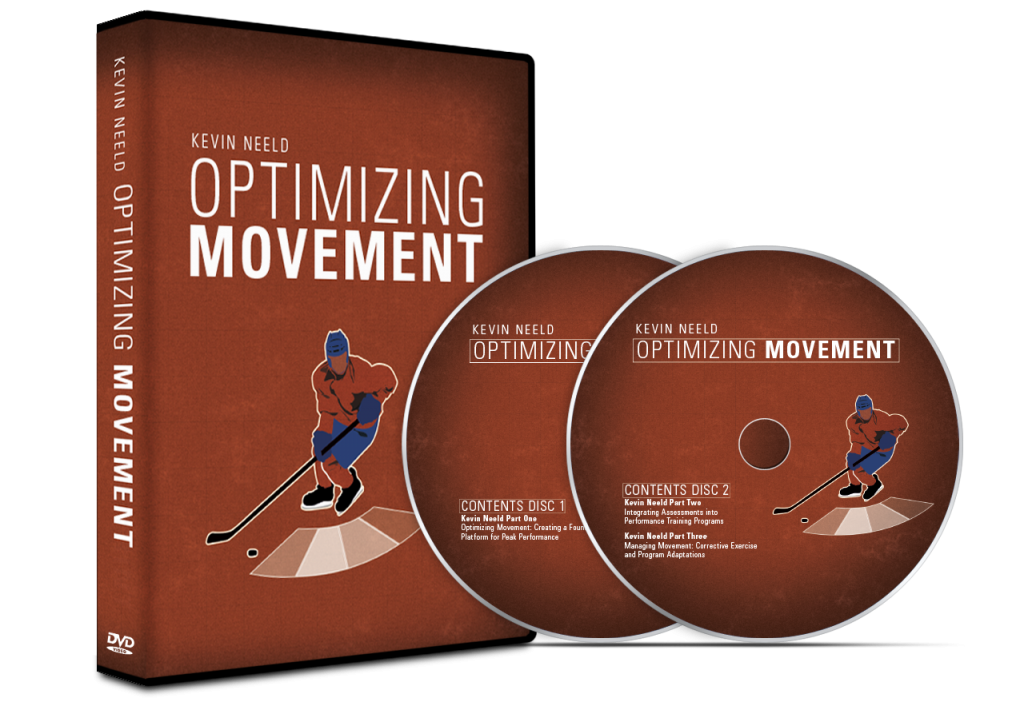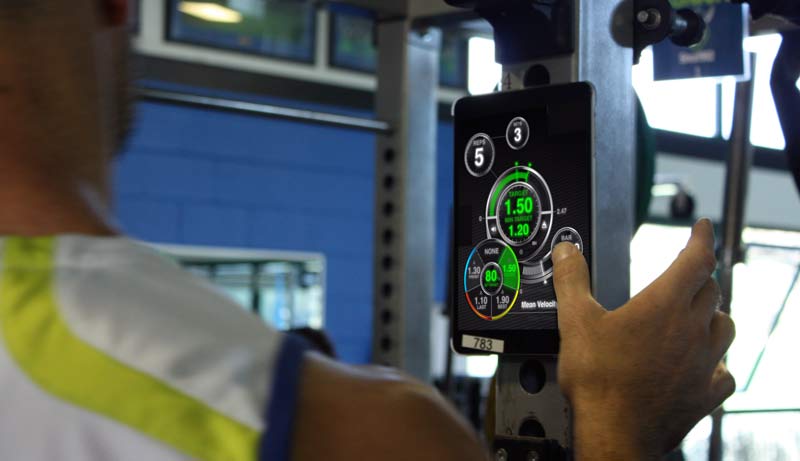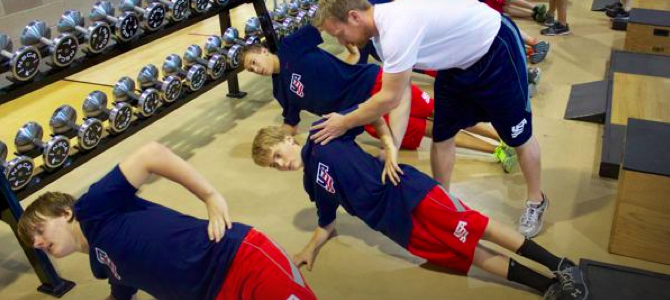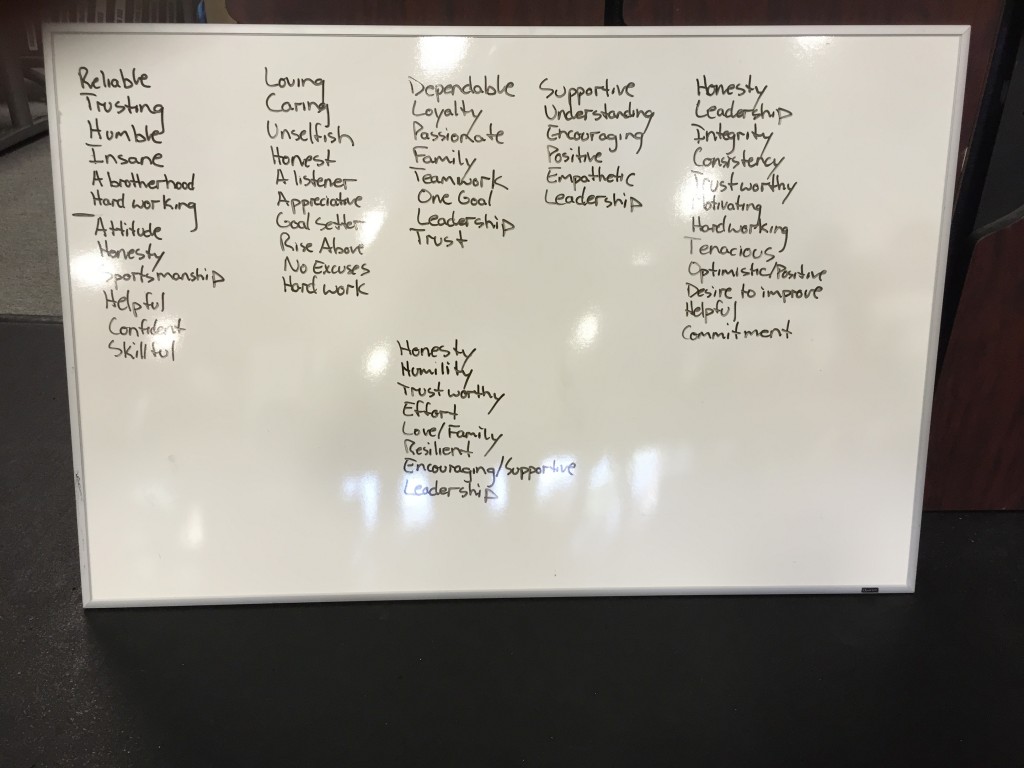I’ve always been a huge proponent of the benefits of getting quality manual work. When I first started at Endeavor, one of the first things I did was do a search for local practitioners that had a few specific skill sets and mailed out letters introducing myself.
This process, albeit a little awkward, was crucial to building a local referral network. I quickly realized two things, however, that were huge barriers to successfully using this referral network:
- The “top” practitioners were ~30 minutes away from our facility
- Because we had clients that were already driving 30 minutes to 2 hours each way to come train with us, many simply weren’t willing to drive another half hour (often times in the opposite direction) to go get manual work.
As a result, I considered going back to massage school so I could offer some of these same services at our facility. I basically sat on this idea for 2 years, until I finally took the plunge and enrolled at Lourdes Institute of Wholistic Studies in Collingswood, NJ (where I later moved).
I basically went back for three major reasons:
- After studying anatomy consistently for ~8 years, I really felt that the next step for me to further internalize functional anatomy was to learn to differentially palpate different structures throughout the body. This was probably the biggest factor; it was an awesome opportunity to further my education and understanding of how we’re all built and how manipulating a structure can influence movement patterns.
- As I mentioned above, it is an additional service we can offer at our facility and ultimately a way to improve the convenience for a great service that would benefit our clientele
- I had talked to a few of my friends that work in or consult with pro sports teams and they said that having manual therapy skill sets opened the door for them working in these organizations.
For me, it wasn’t a huge time or financial commitment because I was basically able to test out of 1/3 of the curriculum.
With that said, I have no regrets about the decision and have since gone on to become Full Body ART Certified, in addition to taking Spina’s Functional Range Release course and a 3-part trigger point therapy course.

Outstanding education to accompany an effective treatment system
It seems to be a trend now that more strength and conditioning coaches are looking into massage school, as I get emails fairly regularly asking for advice on what I think about the process and whether or not it’s “worth it”.
Should you go to massage school?
It’s interesting to me that people ask me if they should go to massage school or not. The reality is I have no idea what you want to pursue as a career. I think people often look at education backwards. Before you make a decision either way, I’d encourage you to answer these questions:
- What is my ideal career? In other words, what would I enjoy spending my time doing more than anything else? Picture the environment, clientele, typical work day, etc.
- With your answer to #1 in mind, does anyone already have this job? If so, what skill sets do they have and how did they acquire them?
- Use your responses to the above two questions to reverse engineer your path to your ideal career.
This may seem overly simplistic, but if you’re not passionate about manual therapy and don’t want to spend a significant portion of your day doing manual work on people, then it’d be a huge waste of money to go back to massage school.
Sure, being a licensed massage therapist can set you apart from other S&C coaches, but only if you actually use the skill set. If you hate doing it, you won’t use it. There are a lot of ways to distinguish yourself from other coaches; most notably, by getting better results.
Massage School does not Replace PT School
I think one of the major reasons many S&C coaches consider massage school is because they think, in conjunction with their training ability, that it’s a less expensive route to a physical therapy-like profession. This is an incredibly dangerous misnomer as massage therapists are neither credentialed, nor educated sufficiently, to replace a physical therapist. Among the countless examples of how different the education is between massage therapists and physical therapists, one of the most important is that massage therapists, even if they have good “treatment” skills, have almost no ability to diagnose sources of pain. This is true, regardless of how many SFMA, FMS, PRI, and other movement assessment courses you take, as there are a lot of sources of pain that aren’t just movement-based.
Simply, massage therapy and physical therapy are significantly different professions. If you want to be a PT, go to PT school.
Benefits of Massage School
Having said all of that, there are some benefits to going to massage school. Having a good set of manual therapy skills can help you:
- Help facilitate recovery in your athletes by performing “flush” type massages and/or simply using massage as a stimulus to facilitate a parasympathetic shift in the athlete
- Manually release aberrant tension in muscles/soft-tissue structures that may be causing restricted movement or undesirable postures in your clients
- Work in conjunction with (not in replacement of) medical professionals to help facilitate client recovery from an injury
I think it’s a combination of all three of these points that makes the strength coach/massage therapist combo so attractive to teams, as it makes what is often a segregated “strength and conditioning staff” and “rehab staff” into a more cohesive “performance staff”.
That said, one of the things that I struggle with is finding time to do everything. With the Flyers Junior Team, I’m the Strength and Conditioning Coach, Manual Therapist, and am also responsible for data collection/player monitoring. This, of course, is on top of all of my other responsibilities for Endeavor, USA Hockey’s Women’s National Team, and running this site.
I mention this because I think it takes a pretty special work environment, which I have, to be able to balance the “strength coach” and “manual therapist” professions simultaneously. If I worked in a different environment, it may not be possible to do both. And with the increased responsibility of data analytics falling (appropriately so) on strength coaches, I think it will be even tougher for people to be exceptional as strength and conditioning coaches, while also being competent manual therapists. This is something I’d encourage you to consider very seriously before registering for massage school.
Wrap Up
In short, having the ability to offer manual therapy to your athletes can be extremely powerful in helping them stay healthy and recover fully. It can also allow you to work more effectively within a coordinated “performance team” that spans the sports medicine to sports performance continuum. That said, it’s not a fast-track replacement for PT school; the differences between the two need to be respected. Hopefully this sheds some light on my experience and provides some of the S&C coaches considering massage school some questions to think about before deciding one way or another.
To your success,
Kevin Neeld
OptimizingMovement.com
UltimateHockeyTraining.com
Please enter your first name and email below to sign up for my FREE Performance Training Newsletter!
Get Optimizing Movement Now!
“…one of the best DVDs I’ve ever watched”
“A must for anyone interested in coaching and performance!”








 Use CODE: "Neeld15" to save 15%
Use CODE: "Neeld15" to save 15%